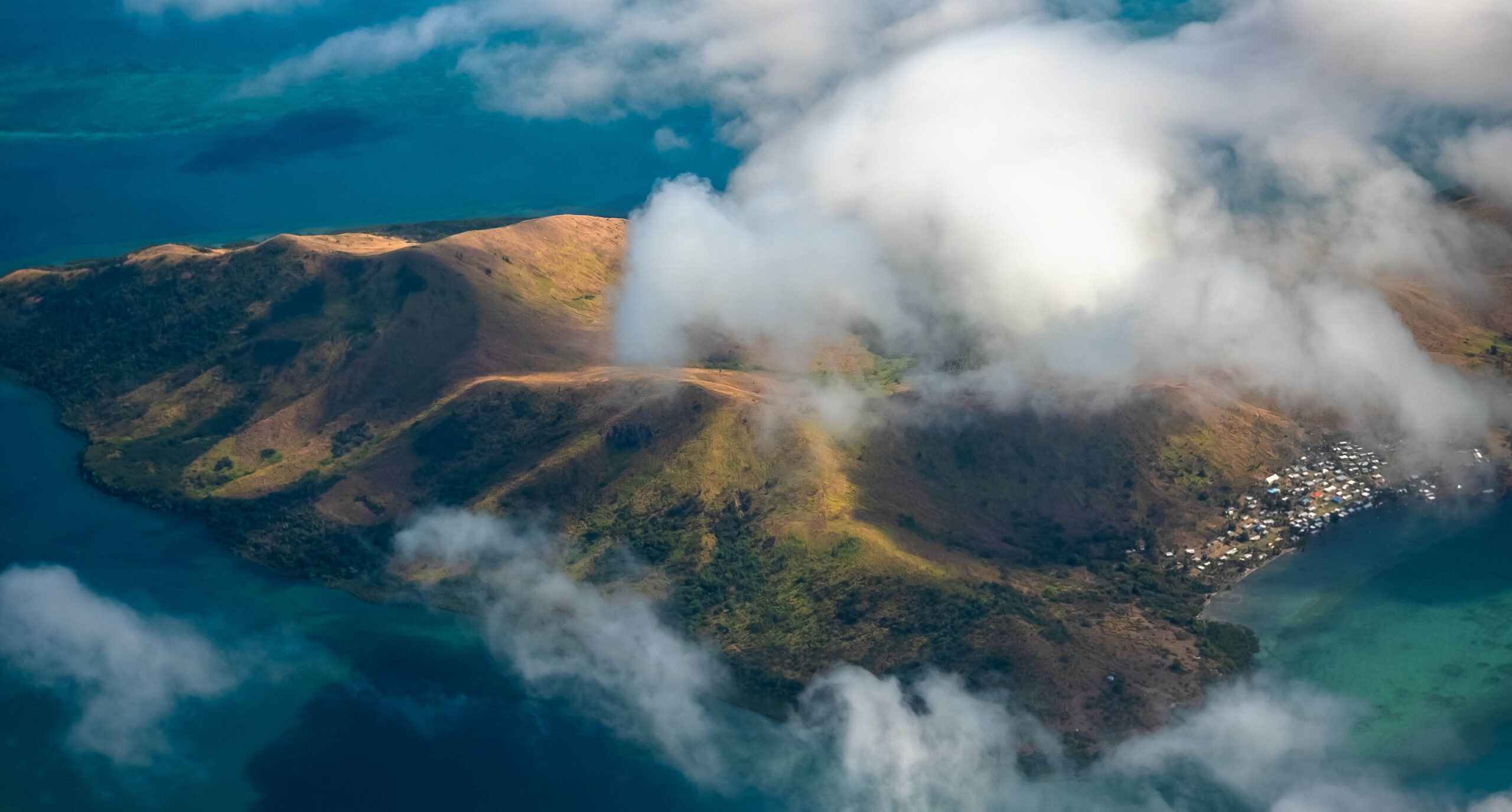Cyclone Yasa’s Destruction In Fiji and What It Means
Cyclone Yasa is an urgent reminder that countries must ramp up climate action in 2021

Officially deemed one of the most intense tropical storms in the southern hemisphere on record, Category 5 Cyclone Yasa ripped through the northern region of Fiji last Thursday, bringing powerful wind speeds that reached up to 177 mph. Fiji’s Prime Minister, Frank Bainimarama, declared a state of natural disaster, which established a curfew across the archipelago and ordered the entire population to seek shelter. Torrential rain and widespread flooding devastated and isolated entire villages, and many parts of the country are still without power or water. Damages are estimated to cost hundreds of millions of dollars. Later weakening into a Category 2 storm, Yasa made its way towards Tonga, another small island nation in the South Pacific region.
Cyclone Yasa and its destruction serve as a grim reminder of how tropical storms have become more severe with climate change and of the disproportionate burden that island nations are forced to bear. Warming ocean temperatures fuel the intensification of these storm systems, with rising sea levels heightening storm surges and flooding events. Meanwhile, coastal countries have reported a greater proportion of tropical storm events classified as Category 4 or 5 in recent decades. Fiji endured the devastating force of another top Category 5 storm in April, Cyclone Harold, which caused extensive flooding and destroyed buildings.
Similar to other Small Island Developing States (SIDS), Fiji contributes to an insignificant portion of global greenhouse gas pollution, yet its people are more severely impacted by the climate crisis than most developed nations. Even without the complications and significant economic instability caused by the COVID-19 pandemic, recovery efforts after natural disasters for SIDS can be difficult. Infrastructural challenges and insufficient financial resources are common roadblocks to recovering from and building resilience to persistent threats posed by worsening climate disasters.
Despite Fiji’s tiny carbon footprint, Prime Minister Bainimarama has made it his mission to tackle the climate crisis with the appropriate urgency necessary to stave off the worst of climate change. To do so, the 2015 Paris Agreement set a goal for countries to limit global warming to 1.5 degrees Celsius compared to pre-industrial levels—the planet has already warmed by 0.95 degrees Celsius. In fact, Prime Minister Bainimarama was the first world leader to sign on to the landmark international pact. He was recently recognized as a recipient of the UN Environment Programme’s Champions of the Earth award, the UN’s highest environmental honor. Specifically, the award acknowledged Prime Minister Bainimarama’s advocacy for the ocean and its power in advancing climate change mitigation.
Fiji’s dedication to climate action was reflected in their Nationally Determined Contribution (NDC), which outlines the country’s commitments to reduce their emissions under the Paris Agreement. In its NDC, Fiji committed to use 100% renewable energy for electricity generation by 2030, and it was one of the first nations to report that it would continue to build upon the commitments it made in its NDC. The island nation has also showcased its ocean-climate leadership by co-launching coalitions of ambitious Pacific governments, such as the Pacific Rim Ocean-Climate Action Partnership (PROCAP) and the Pacific Blue Shipping Partnership (PBSP). Fiji continues to display the effort necessary to address climate change as the crisis that it is, and it’s imperative that the international community take note and follow suit.
For those who continue to face the wrath of strengthening tropical storms, climate change isn’t a distant threat but a battle faced today. Many island communities are losing everything they have, sometimes multiple times per year, from cyclones like Yasa, and conditions are only expected to worsen as the ocean and climate become warmer. Over and above immediate relief efforts and climate resilience investments that are needed from the international community, attaining climate security for SIDS will require that all countries—particularly the major greenhouse gas emitters—prevent further warming. Although there are effective, realistic climate strategies to reduce greenhouse gas pollution—from scaling up clean energy to protecting and restoring ecosystems that store carbon—we are not yet on track to achieve the vision of the Paris Agreement. As countries build back from the COVID-19 pandemic, they should significantly boost the ambition of climate commitments in NDCs, ramping up efforts to fully eliminate carbon emissions from their economies as part of a “blue-green” recovery, and highlighting the power of ocean-based strategies. In addition, countries should adopt an “ocean decision” at the 2021 U.N. climate summit (COP26) in Glasgow, United Kingdom that would create an ongoing forum for advancing ocean-climate solutions. With a unified approach and Fiji as a global example of ambition, we are capable of reimagining and reshaping our societies into those that heal instead of harm.